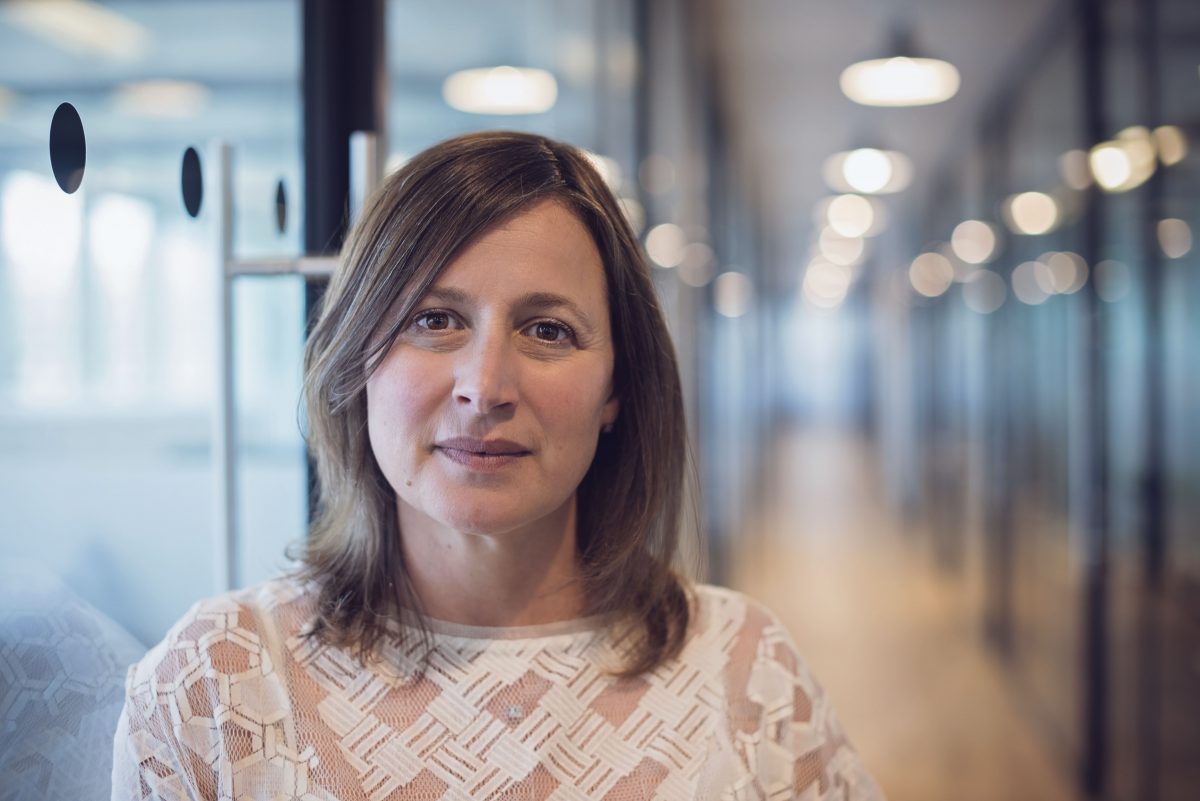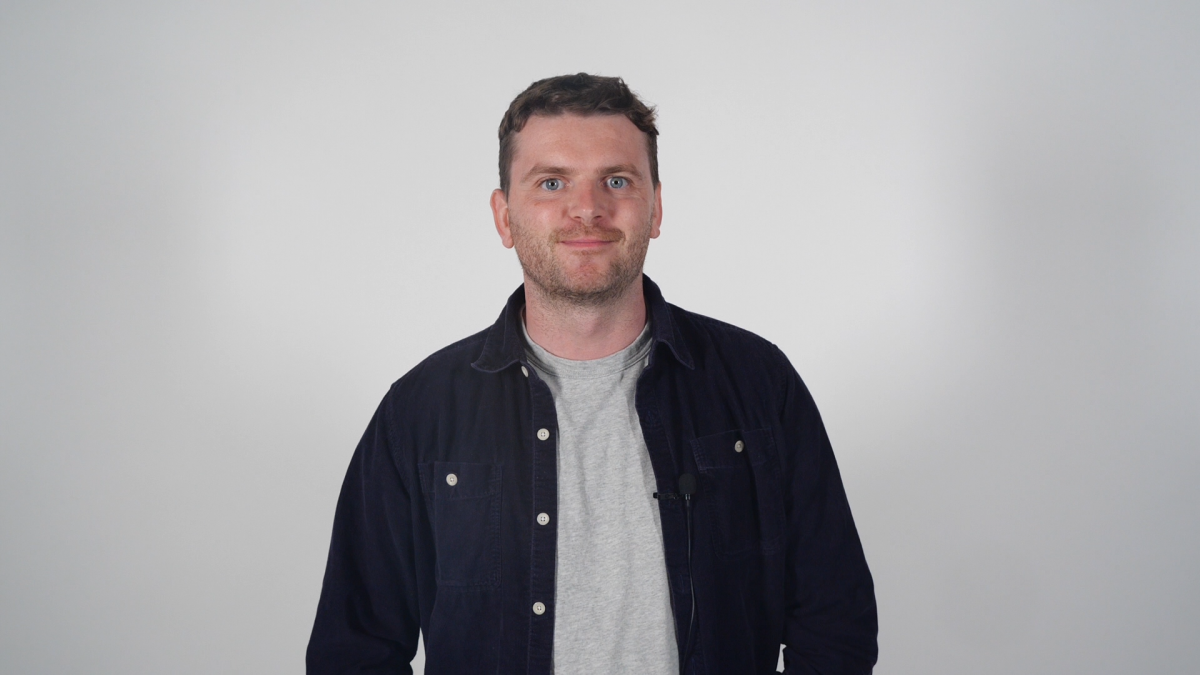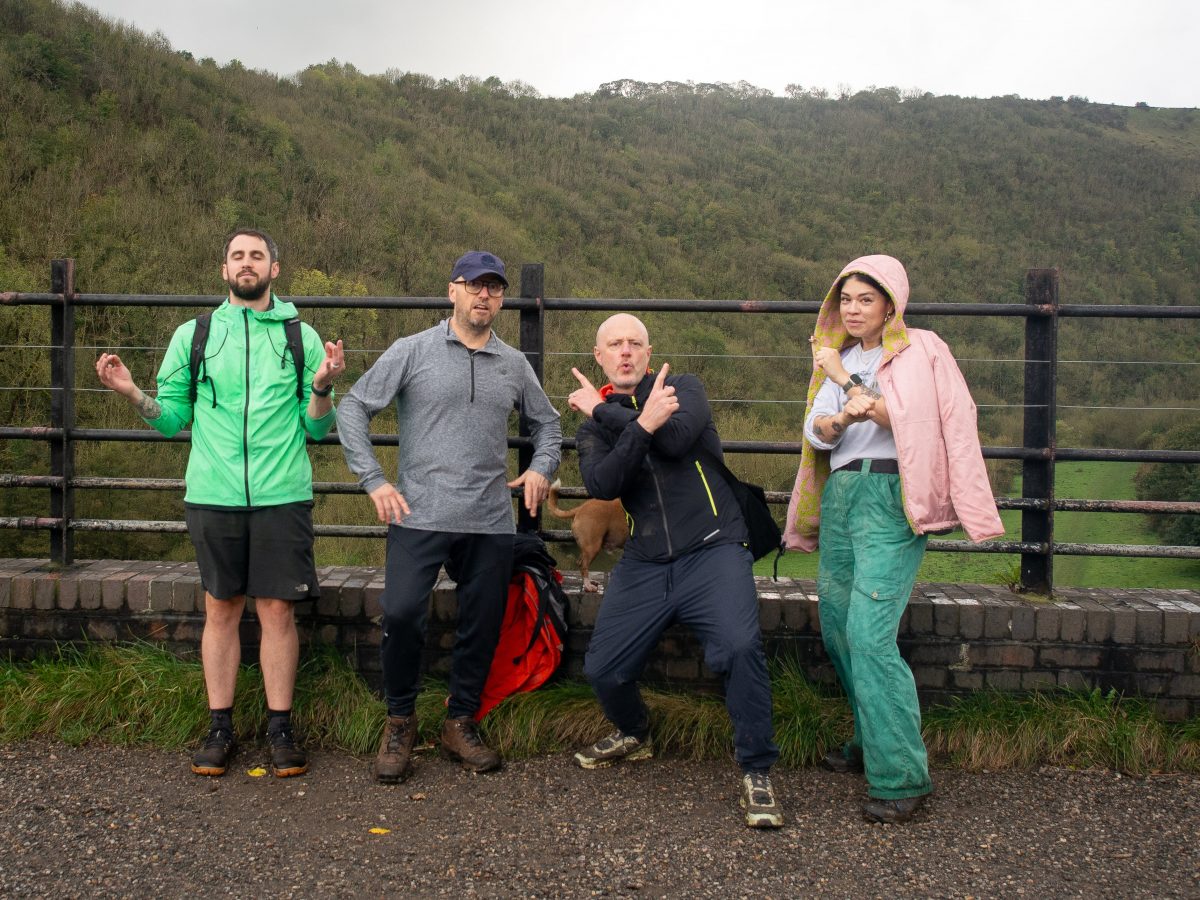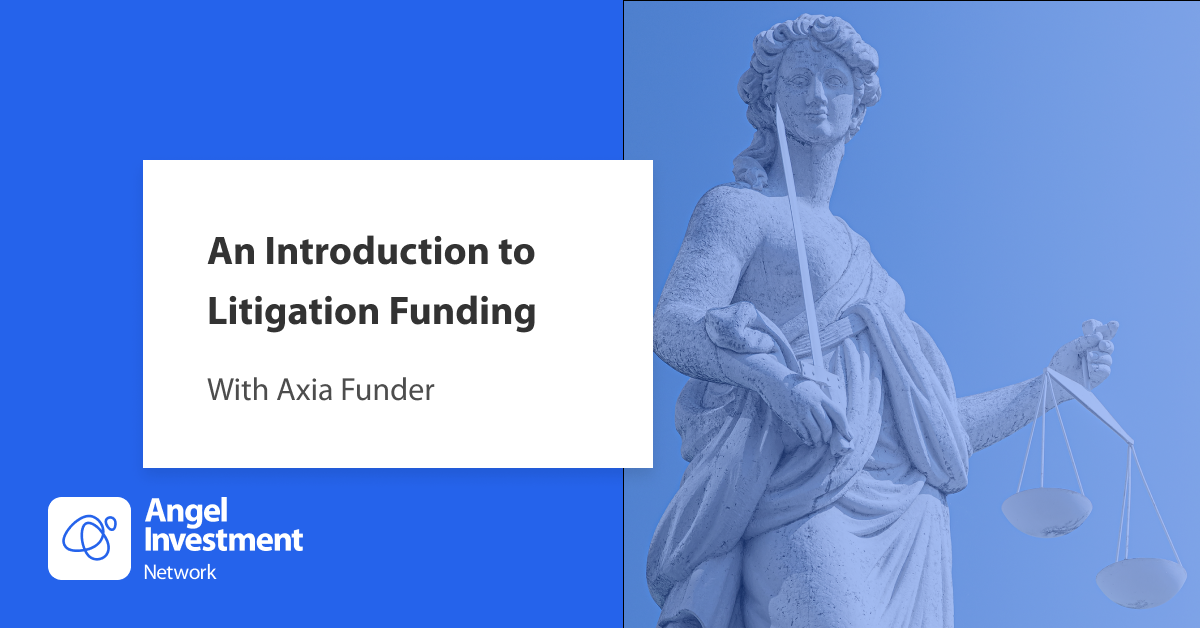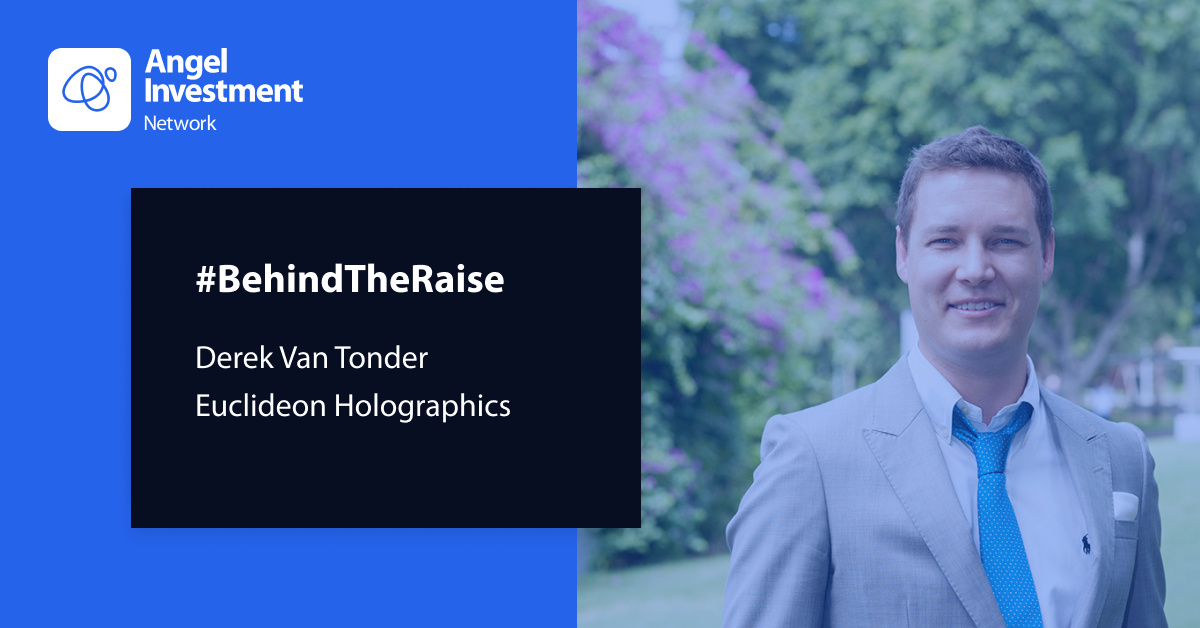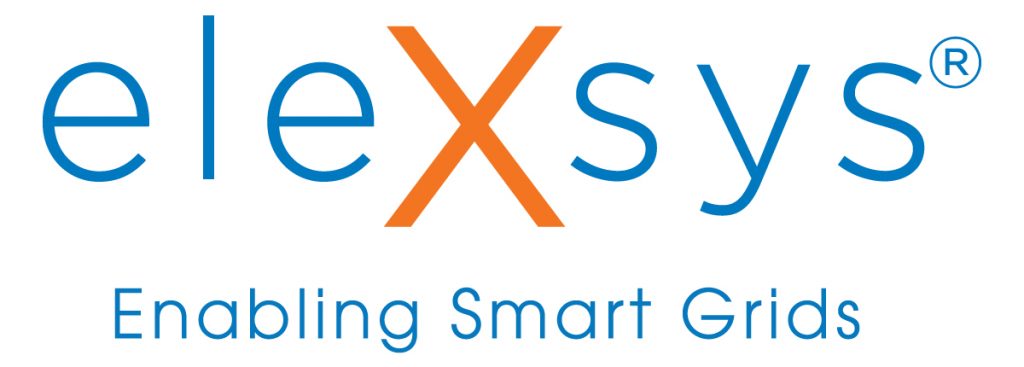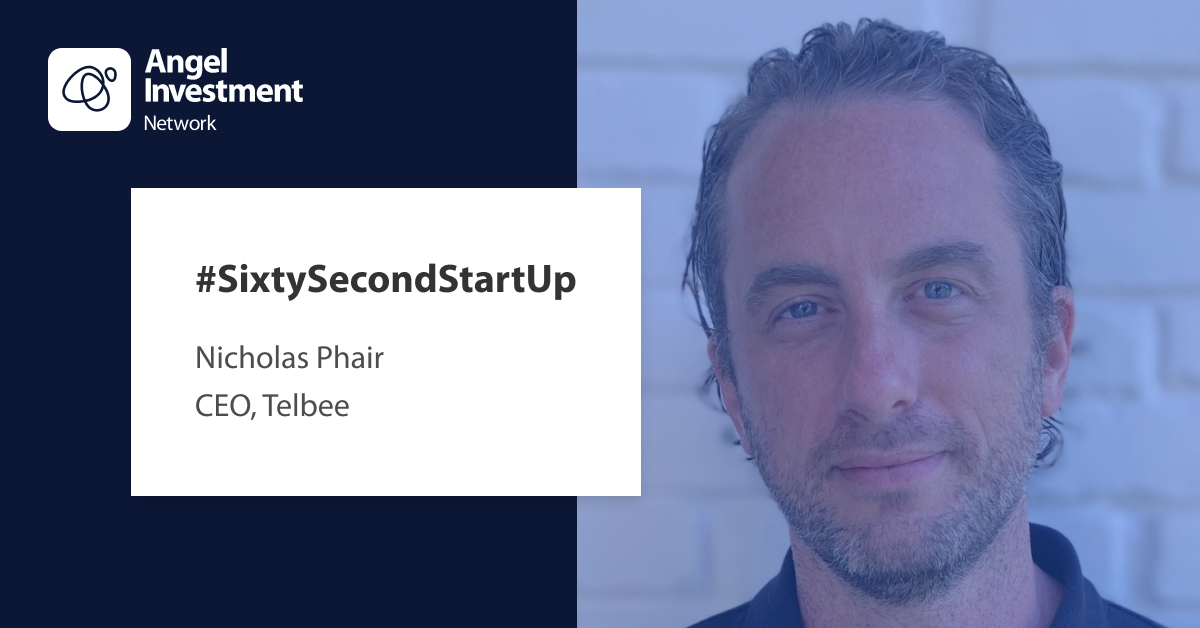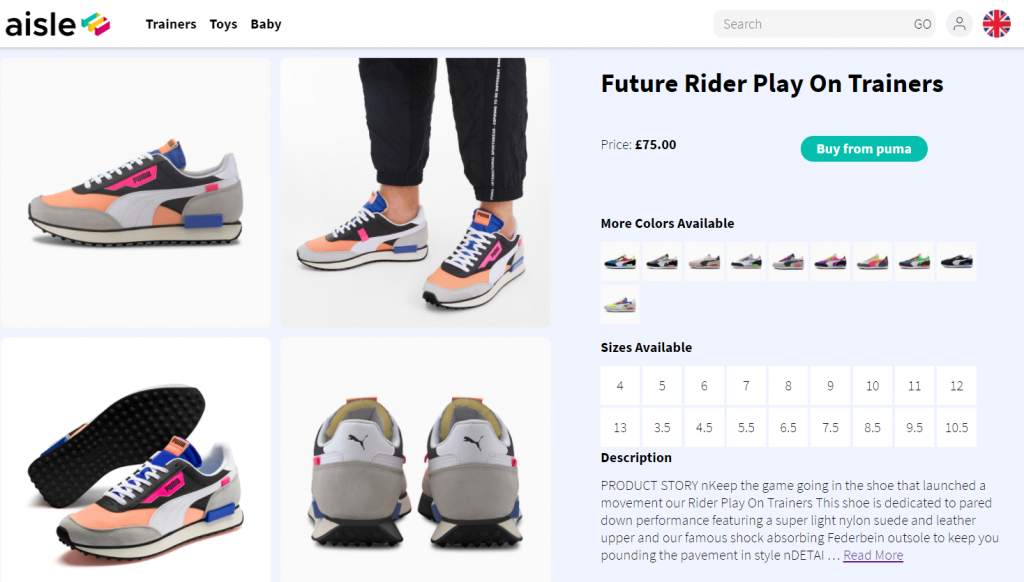Twenty years ago two childhood friends, with a shared passion for entrepreneurship, embarked on a journey to revolutionise the startup funding landscape. Recognising the challenges faced by founders in securing angel investment, they created a platform that would bridge the gap between entrepreneurs and investors. Angel Investment Network was born, offering a streamlined solution for fundraising and connecting entrepreneurs with a global network of angel investors.
Now with 40 networks spanning 90 countries it is the world’s largest online angel investment platform. We speak to the co-founders Mike Lebus and James Badgett to get the inside story.



